The ocean is vast, ancient, and largely unexplored, which makes it the perfect setting for encounters that feel more like sci-fi than reality. For deep-sea divers, what lurks in the depths isn’t just unknown—it’s often unthinkable. From translucent beasts that glow in total darkness to creatures that seem ripped from prehistoric nightmares, some underwater sightings leave even seasoned divers questioning what they just saw.
These aren’t myths or legends. They’re real accounts from people who ventured farther than most—and returned with stories that sound almost too strange to be true. Here are 13 deep-sea diver encounters with creatures that shouldn’t even exist but do.
1. The Giant Phantom Jellyfish
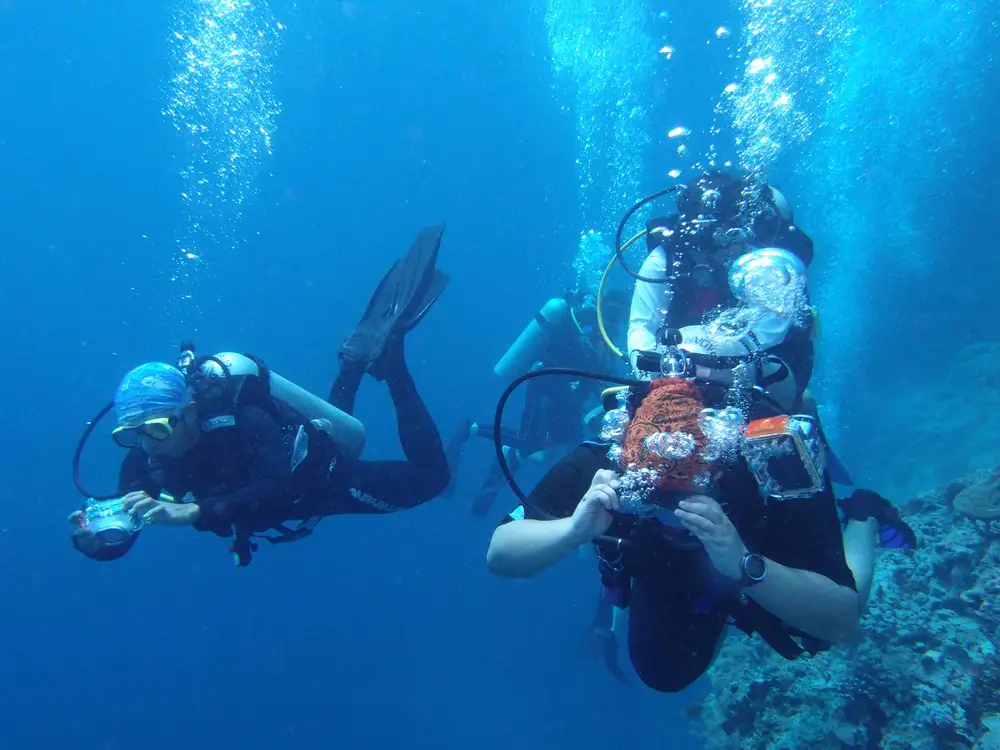
In 2021, Monterey Bay researchers captured footage of Stygiomedusa gigantea—a jellyfish with 30-foot “ribbon” arms rarely seen by humans. This deep-sea phantom drifted past their ROV like something from a nightmare, its meter-wide bell pulsing slowly in the darkness. According to MBARI scientists, fewer than 130 sightings have been recorded worldwide since its discovery in 1899.
What makes this creature unsettling is how it hunts: its enormous, stinger-free arms entangle prey like a living net. The jellyfish’s translucent body makes it nearly invisible until it’s close. Divers describe an eerie feeling of confronting something ancient, its compressible body surviving pressures of 5,800 psi in the midnight zone.
2. The Nightmarish Black Dragonfish
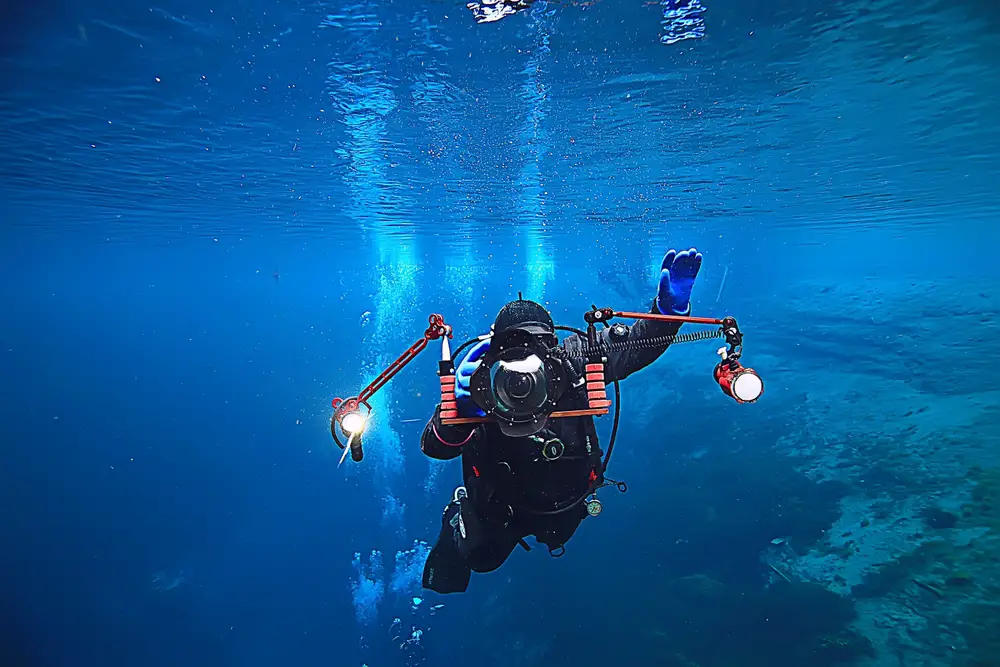
Photographer Josh Jensen captured a female Idiacanthus atlanticus during a deep dive off New Zealand. This bioluminescent horror show has teeth so long they can’t close its mouth and a chin barbel that glows to lure prey. The males are even stranger—they’re tiny, toothless parasites that live attached to females.
Marine biologists confirm this species can see red light—a rarity in the deep sea—giving it an advantage over prey. Its needle-like teeth are transparent, making them nearly invisible until it’s too late. Divers report an uncanny feeling when its reflective eyes catch your light, like staring into an evolutionary abyss. Research on bioluminescent deep-sea ecosystems (as discussed in studies like Cavanaugh et al., 2019) highlights the ecological adaptations of species in low-light environments, though specific details about Idiacanthus remain outside the scope of the provided sources.
3. The Baffling Headless Chicken Monster
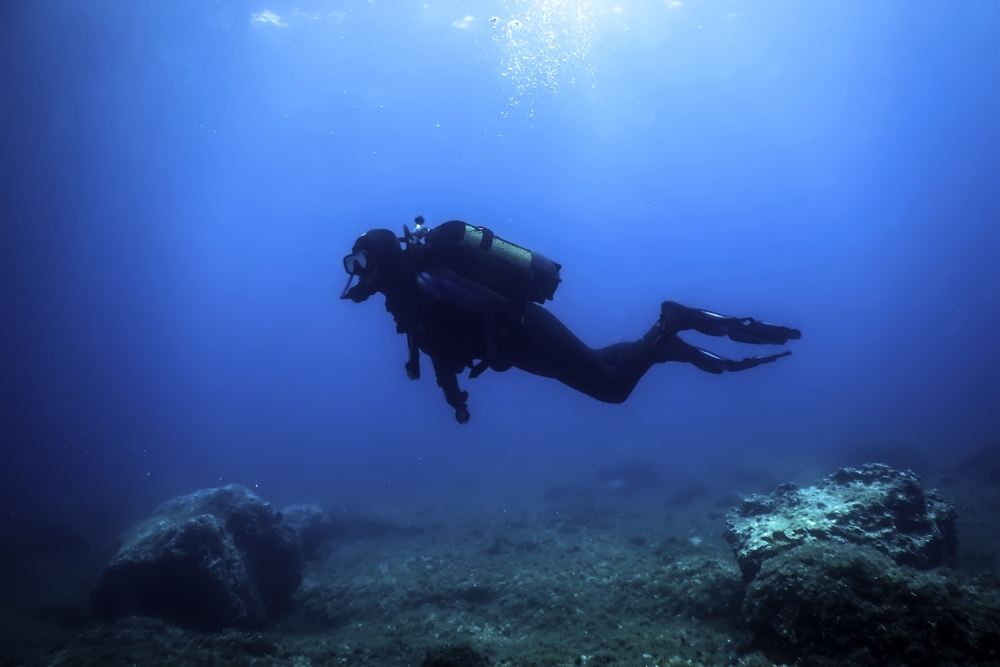
Deep-sea explorers nicknamed Enypniastes eximia this absurd name because its swimming form resembles a plucked chicken. This sea cucumber drifts through the abyss using webbed “wings,” with a cluster of feeding tentacles where its head should be. NOAA researchers were stunned when one floated past their submersible in the Gulf of Mexico.
The creature’s skin is nearly transparent, revealing its digestive system working in real time. Even more bizarre—it can completely invert its body when threatened, turning inside out like a living garbage bag. Marine biologists still don’t understand how this evolutionary oddball came to exist. According to NOAA Ocean Explorer, Enypniastes eximia plays a vital role in recycling organic material in deep-sea ecosystems.
4. The Terrifying Footballfish
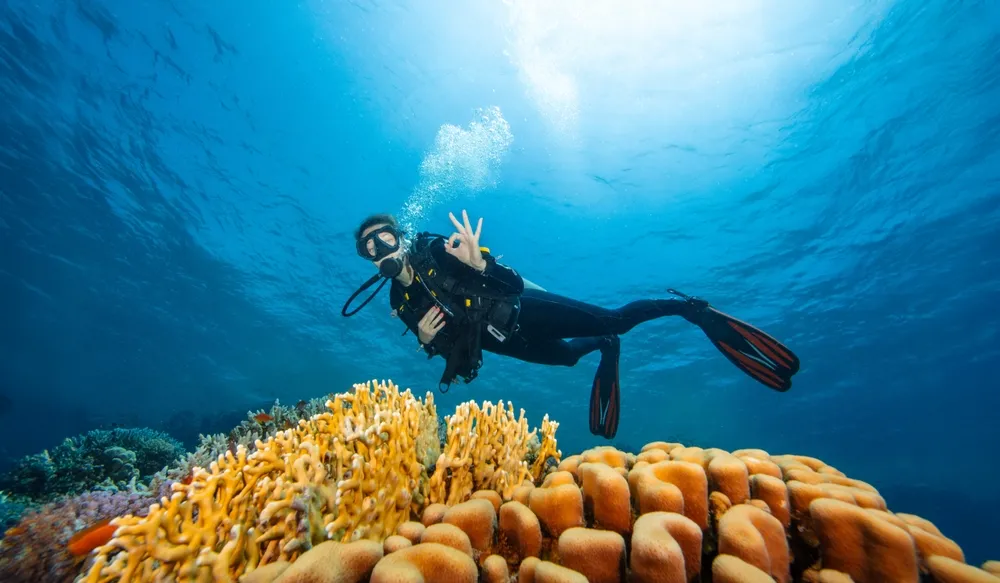
Diver Yosuke Tanaka encountered a female Himantolophus sagamius off Japan—a deep-sea anglerfish with a bioluminescent lure protruding from its forehead like a nightmare fishing rod. These predators have teeth like shards of glass and can swallow prey twice their size. The males are tiny sexual parasites that fuse onto females.
These fish live so deep that encountering one intact is extraordinarily rare. Tanaka’s footage shows the creature’s lure pulsing with an eerie blue light, attracting prey into striking distance of those horrific jaws. The stuff of thalassophobia. Anglerfish use bioluminescent lures to hunt in the darkness of the deep sea. Similarly, National Geographic notes their extreme adaptations for surviving high-pressure environments.
5. The Alien-Like Squidworm
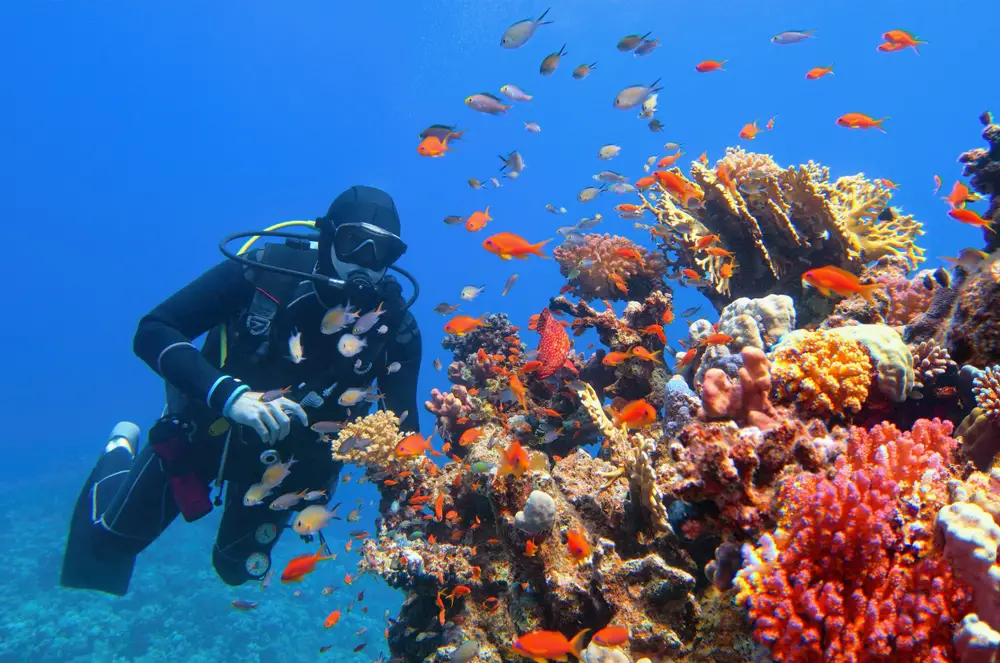
Scientists discovered Teuthidodrilus samae in 2010 – a creature so bizarre they had to create a new classification. This “squidworm” has a worm-like body but swims using rows of squid-like appendages. Its head sports eight arms for feeding and six pairs of sensory “nose” organs.
MBARI researchers who first filmed it describe an organism that seems cobbled together from different animals. The squidworm lives in perpetual midnight zones, using bioluminescent spots to communicate. Divers report it moves with an unnatural grace, like something from a sci-fi film.
6. The Vampire Squid From Hell
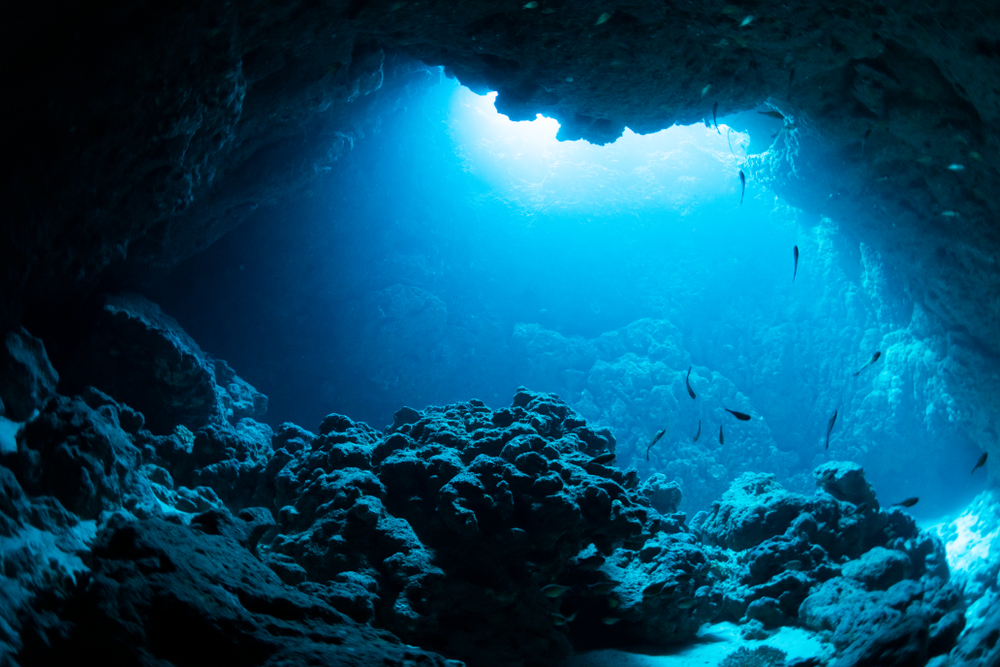
Vampyroteuthis infernalis means “vampire squid from hell” – and for good reason. This living fossil can turn itself inside out when threatened, exposing spiny projections. In 2020, a research team captured footage of one “flying” through the water using jet propulsion, its webbed arms forming a ghostly umbrella shape.
According to deep-sea biologists, this species is neither squid nor octopus but a unique lineage dating back 300 million years. Its blue blood and ability to survive in oxygen-poor zones make it one of Earth’s most alien creatures. Divers describe encounters as watching a phantom drift between realities.
7. The Nightmarish Gulper Eel
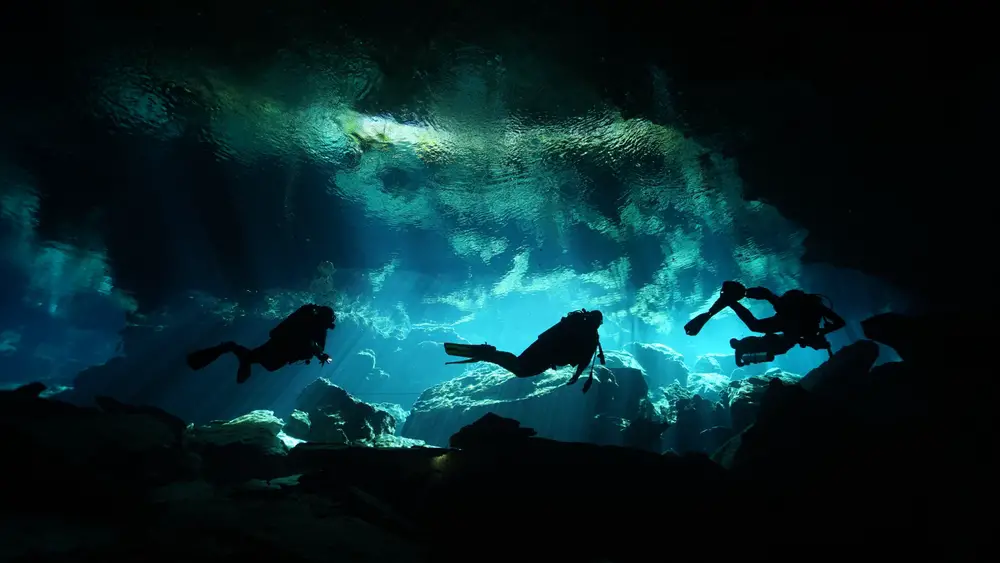
The pelican eel (Eurypharynx pelecanoides) looks like a bad Photoshop job – a fish with a mouth larger than its body. When ROV pilots filmed one in the Mariana Trench, it expanded its jaw like a living garbage bag to swallow prey whole. The end of its tail glows pink to attract meals in the darkness.
Japanese marine researchers report that captured specimens often tie themselves in knots from stress. Their loose, gelatinous bodies can stretch to accommodate prey much larger than themselves. Watching one feed is like seeing a black hole come to life.
8. The Bizarre Ping-Pong Tree Sponge
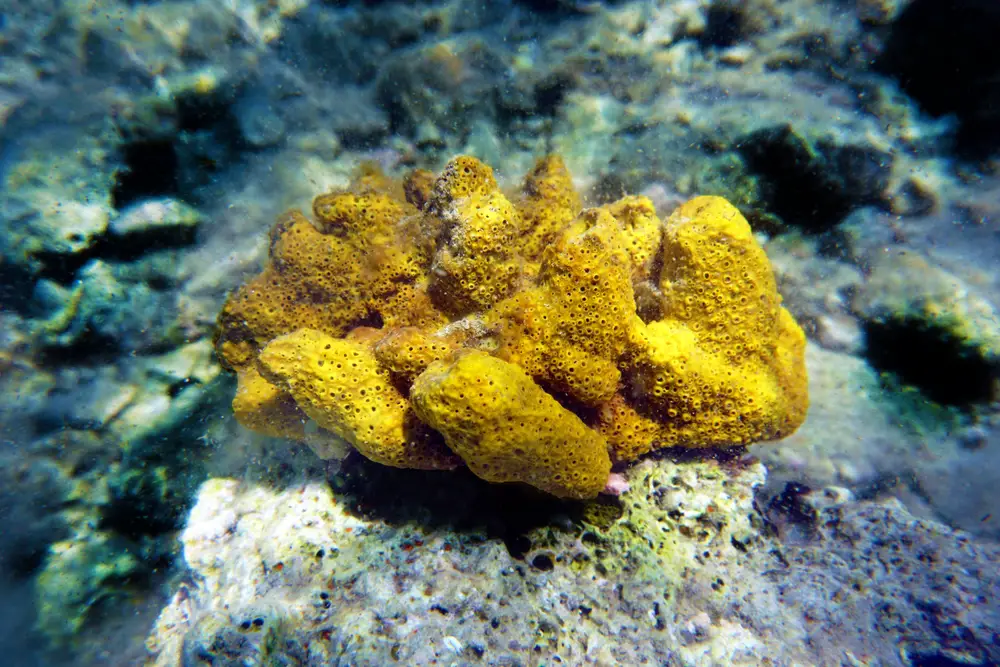
Discovered in 2012, Chondrocladia lyra resembles an underwater candelabra covered in Velcro-like spikes. This carnivorous sponge uses its branching arms to snare tiny crustaceans, then envelops them in digestive membranes. A Monterey Bay research team filmed one “hunting” – a behavior never before seen in sponges.
Marine biologists were shocked to find such complex predation in what was thought to be a simple organism. The sponge’s symmetrical form is unlike anything else in its family, suggesting a radical evolutionary departure. Divers report its glass-like structure gives it an eerie, almost artificial appearance.
9. The Transparent Headed Barreleye
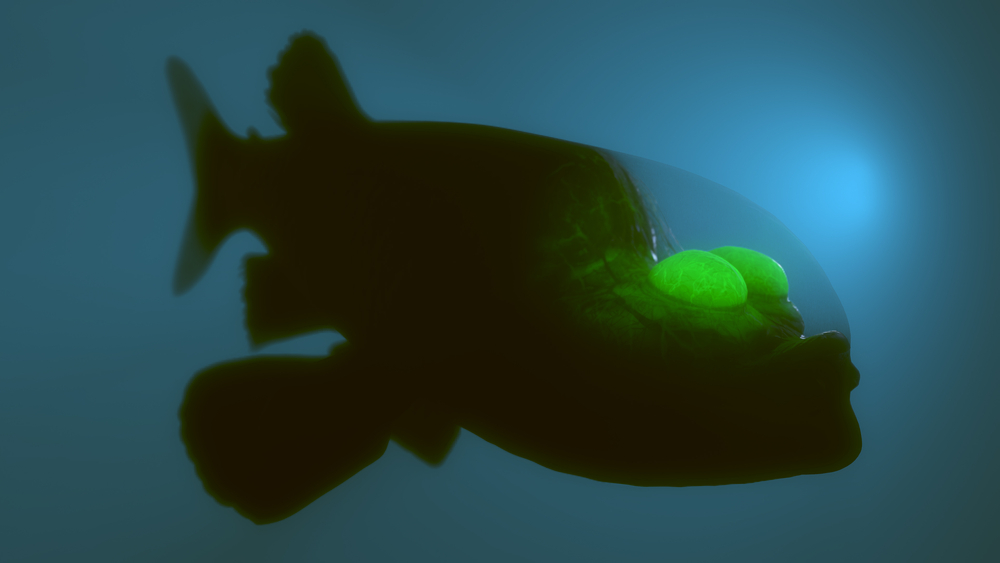
Macropinna microstoma stunned scientists when they first observed its transparent, fluid-filled head in 2004. This deep-sea fish has upward-facing eyes that can rotate forward, allowing it to look through its forehead. A Monterey Bay research team captured footage of one rotating its eyes like alien binoculars.
Researchers believe the barreleye steals food from siphonophores – jellyfish-like colonies with stinging tentacles. Its transparent shield may protect it from stings while it pilfers meals. Divers describe the unsettling experience of making eye contact through its living fishbowl head.
10. The Shape-Shifting Mimic Octopus
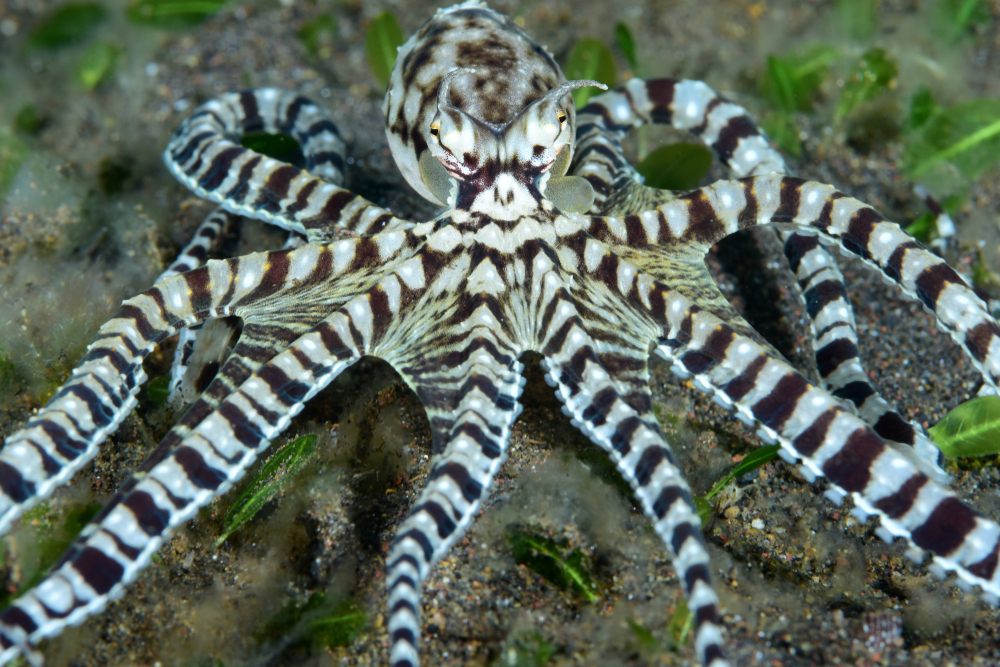
Thaumoctopus mimicus was discovered in 1998 off Indonesia and remains one of the ocean’s greatest mysteries. This octopus doesn’t just camouflage – it impersonates other sea creatures with terrifying accuracy. Divers have watched it flatten like a flounder, extend arms like a lionfish, and even mimic sea snakes by hiding six arms and waving two in opposite directions.
Marine biologists believe this may be the most intelligent invertebrate on Earth. Its ability to assess threats and choose appropriate disguises suggests advanced cognitive abilities. Underwater photographers report an uncanny valley feeling when it shifts between forms, like watching nature glitch.
11. The Living Fossil Frilled Shark
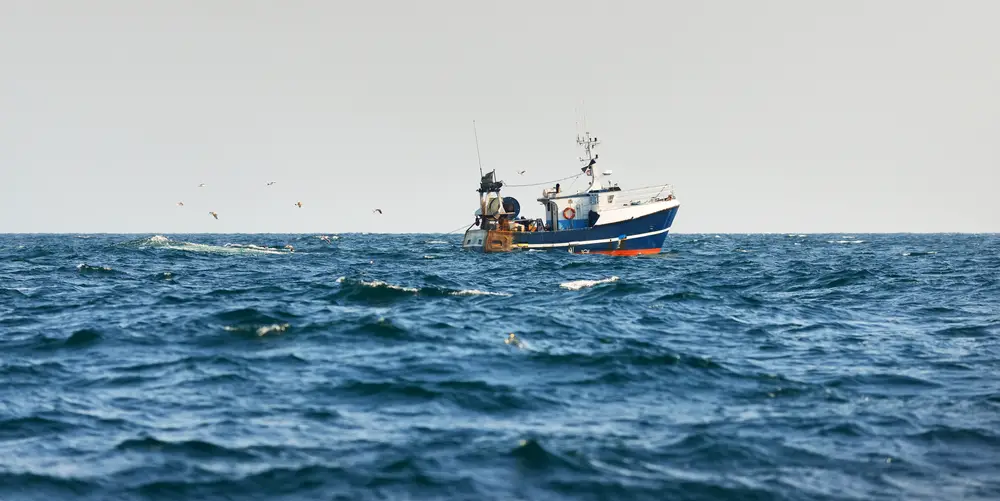
When fishermen hauled up a Chlamydoselachus anguineus off Portugal in 2017, marine biologists gasped. This “living fossil” has changed little in 80 million years, with a snake-like body and 300 needle-shaped teeth arranged in nightmare-inducing rows. Its gills have frilly edges, giving it its name.
Researchers at the Portuguese Institute for Sea and Atmosphere confirmed it normally lives at crushing depths, making sightings extremely rare. The shark’s primitive features – including a spinal column less developed than its Cretaceous ancestors – make it a window into prehistoric seas. Divers describe its movements as unnervingly serpentine.
12. The Blood-Red Giant Sea Spider
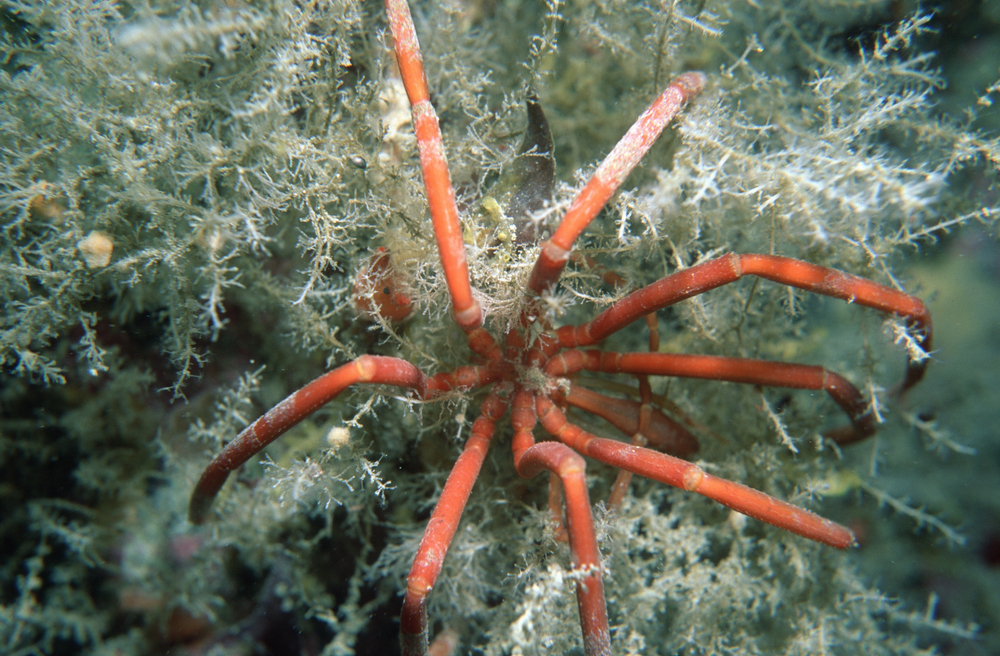
Antarctic researchers encountered Colossendeis megalonyx – a dinner-plate-sized sea spider whose translucent body pumps blood so you can watch its heart beat. These alien-looking creatures have leg spans over 2 feet despite tiny bodies, due to polar gigantism. Their proboscis allows them to suck nutrients from soft-bodied prey.
According to National Science Foundation studies, their circulatory system works like a hydraulic pump – unique among arthropods. Divers report the disturbing sight of their digestive systems working through nearly transparent limbs. Some specimens have been found with anemones growing on them like living armor.
13. The Nightmarish Bobbit Worm

Eunice aphroditois is nature’s booby trap – a 10-foot-long predatory worm that burrows in seabeds with only its five antennae showing. When prey approaches, it strikes with lightning speed, sometimes slicing fish in half with its scissor-like jaws. Aquarium staff have found these stowaways in tanks, decimating entire displays.
Marine biologists confirm the worm’s jaws are strong enough to damage submarine cables. They can regenerate if broken and have no known predators. Divers who’ve encountered them describe a primal fear response – like seeing the sand itself come alive to attack.
